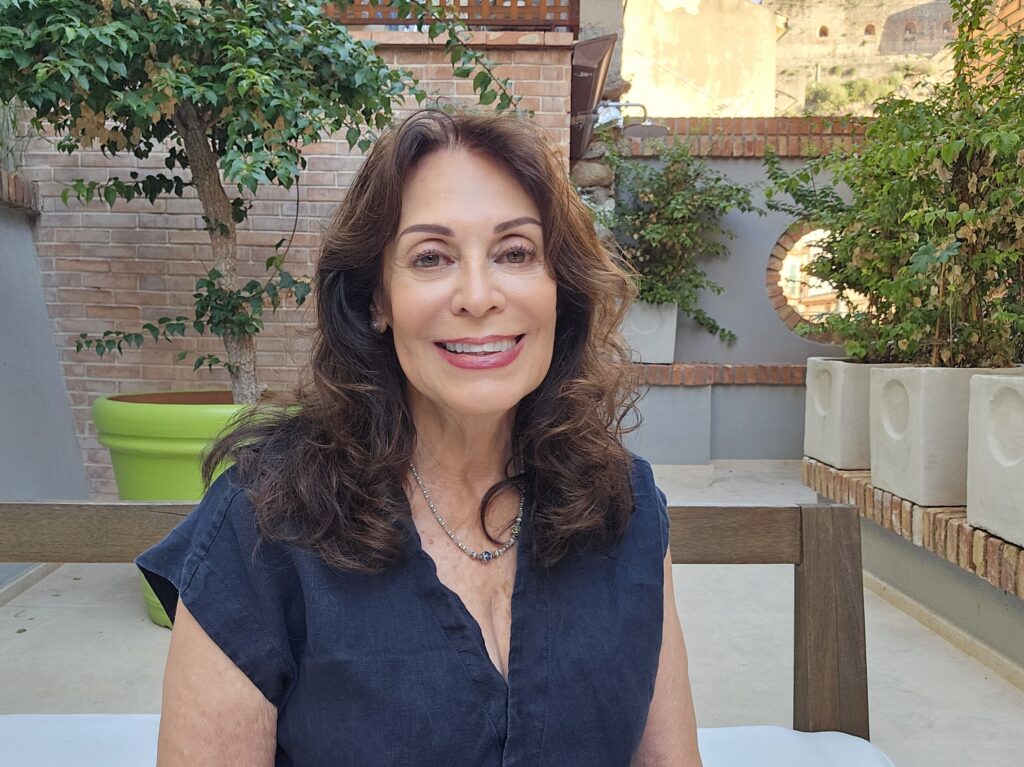Olive oil is recognized internationally as the signature flavor in the diets of Mediterranean people, adding both taste and nutritional benefits. The term “heart healthy oil” refers to olive oil’s exceptional composition of healthy fats. Each tablespoon delivering 10 g. of monounsaturated fat, 1.4g of polyunsaturated fat and 1.9 g. saturated fat – a perfect way of replacing saturated fat with monounsaturated. Additionally, highest quality olive oil contains 9 different classes of powerful anti-inflammatory antioxidants collectively known as polyphenols.
We extol the benefits of olive oil as “liquid gold,” not only for its nutritional value but also for the flavor it delivers.
However, getting the nutritional benefits from olive oil is not as simple as one might think.
My education about the quality of olive oil was broadened on a recent trip to Italy when I met with a fourth generation olive grower. Describing himself as a “maniac” for quality and provided an elegant and subtle description of the differences in olive harvesting and the resultant olive oil quality. For example, the best olive oil begins when olives are handpicked at their peak of ripeness and mechanically pressed at his groves using the “cold pressed” method for producing oil using heat no higher than 81 degrees Fahrenheit. By contrast, many olive growers place nets over their trees and shake them to remove every olive possible and use a heat extraction method of producing oil.
Next, he gently explained that increasing amounts of exported olive oil is not necessarily coming from one country, further decreasing the possibility of knowing its quality. Sure, enough, when I returned to the U.S. I did my own research as I stood in the aisle at a large grocer and scrutinized labels noting that olives were sourced from several countries and absent of nutritional content other than for fats. I also learned that we can’t assume “packed in Italy” means the olives were grown in Italy or any other country for that matter. Using “packed in Italy” just is a marketing ploy that works to make us think we also know the source.
Additionally, I was enlightened to learn that the government of Italy and other European countries measures the polyphenol content of oil and includes content and quality on the label. Only oils meeting or exceeding stringent standards earn the designation of IOC, DOC and DOP stamp. However, because ninety percent of olive oil consumed in the U.S. is imported it is not required to meet the same standards of the International Council of Olive Oil, headquartered in Madrid Spain. Our voluntary USDA standards were updated in 2010 but fall far short of the “gold standard” that the IOC requires. So, in conclusion, when it comes to olive oil, as with many other foods we choose, let the buyer beware!
While it may be interesting to read about oil it’s intriguing to see and experience it at harvest time in Italy.
I will be hosting an authentic trip to “my” Italy at a most magnificent time of the year, a time when the crowds have diminished and the farms are prepared for one last thing to do and possibly the most important thing of all…The Olive Harvest.
Consider joining us and become part of our extended family from October 23rd – November 1st to take part in the harvest and to immerse yourself in much more; the lifestyle and culture of the “real” Italy. Click on the flyer below to view the details.




